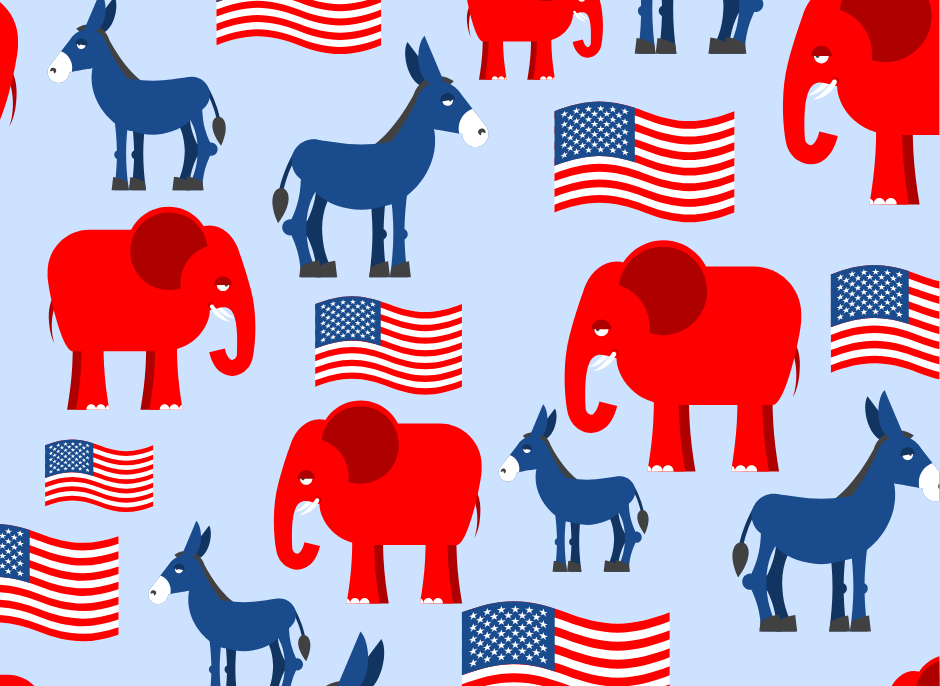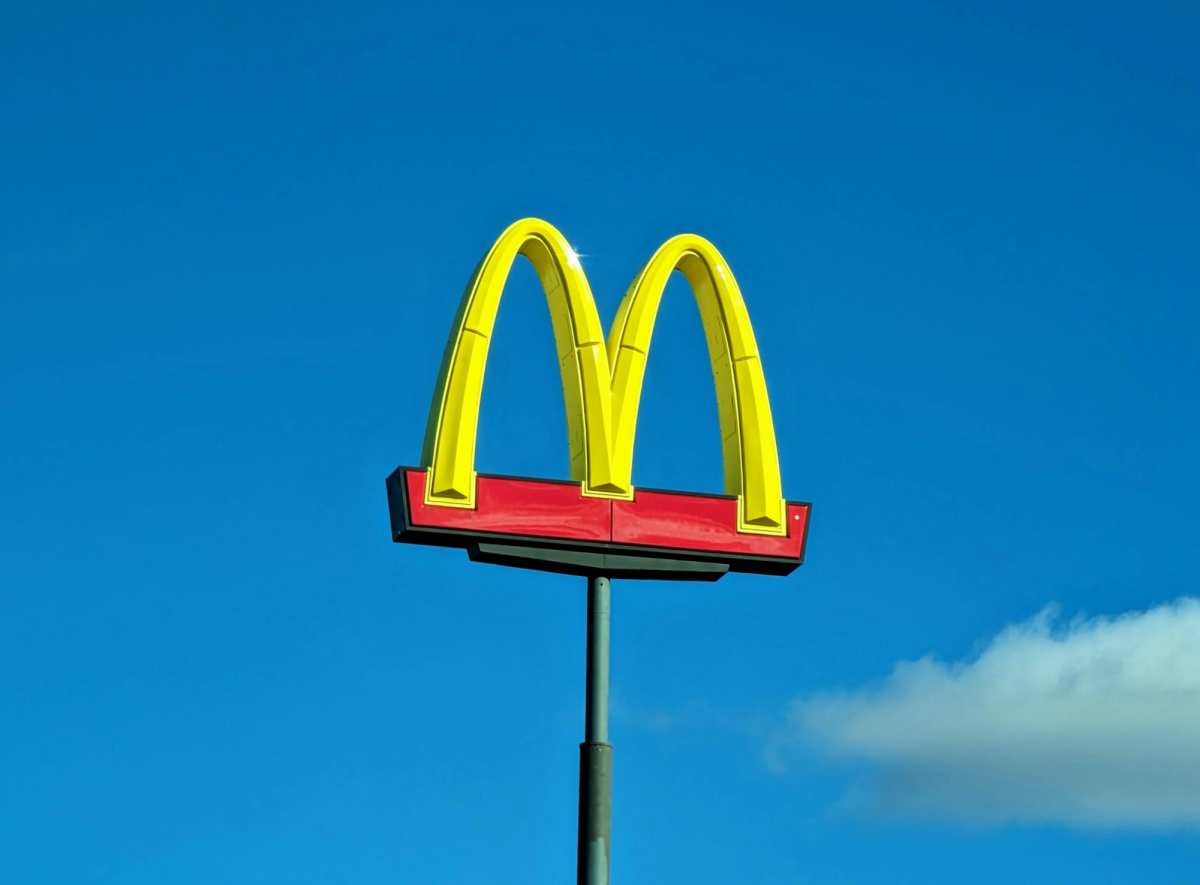We have finally reached September, and its arrival brings not just crisp fall air and cool mornings—a welcome development in Lexington— but also increased discussion of the looming presidential election year of 2024.
We can see it and sense it all around us: the casual chatter about candidates and issues, the growing awareness that we may very well see a rematch between two men who have already exceeded the average American life expectancy, and, perhaps most ominously, the proliferation of Mock Con paraphernalia throughout campus.
While both President Biden and former President Trump appear to be heading back to the same positions they held in 2020, the forces and impulses within their respective parties guiding them to this occasion could not be more different. Understanding these differences is essential to an informed analysis of 2024.
The elite echelon of the Democratic Party is holding the line against an overwhelming sentiment among its own that President Biden should not be the standard bearer for another term as president of the United States.
Poll after poll suggests that a significant number of Democratic voters feel that Biden is simply too old to effectively carry out the duties of the office. Thus far, however, there have not been meaningful challenges to Biden. The surprising strength of Robert F. Kennedy Jr. and Marianne Williamson (together totaling around 30% in most national Democratic primary polls) is less reflective of some newfound clamor for vaccine conspiracies and crusades against “dark psychic forces” than it is a desire amongst the Democratic electorate for someone younger and more vigorous. Even though Democratic voters hope for someone other than Joe Biden as the nominee, time and again these advances have been consistently smothered by party leadership.
First, the power of incumbency has historically been a formidable tool for any politician in an election. The last successful primary challenge of a sitting president was in 1968. With the backdrop of the Oval Office behind him and the presidential seal in front, Biden commands a gravitas and established image which is hard to effectively challenge. Amplifying this is the lockstep support he has received from the Democratic Party establishment, with figures such as Nancy Pelosi, Hakeem Jeffries and others rallying around the shuffling Scrantonite.
Even potential challengers such as California Governor Gavin Newsom have publicly distanced themselves from any primary campaigns. The contrast between elite desire and popular sentiment is stark, and the result is even more clear: President Biden will be the Democratic nominee in 2024.
The situation in the Republican Party could not be more different. Despite initial efforts to distance themselves from the toxic Trump brand after the events of January 6th, the Republican establishment has been unable to shake the stranglehold the former president holds with GOP primary voters. There has been a litany of articles in which GOP insiders—even those who publicly praise the 45th president— express antipathy and downright disgust at Trump’s conduct.
There are also serious concerns about Trump’s electability and the possibility that his presence at the top of the ticket could sink Republicans’ chances of retaining the House and hamper their bid for control of the Senate. Efforts to avoid this scenario are manifest in the propping up of Trump’s most credible primary challenger, Florida Governor Ron DeSantis, in cable outlets like Fox News and in print publications like the Wall Street Journal. Despite his party’s institutional support, and major donor investments into super PACs like Never Back Down, DeSantis’s star has dimmed as GOP voters have rallied around Trump—a combination of the perceived awkwardness of the Florida governor and the numerous indictments handed down to Trump this summer.
The party is now effectively held hostage by Trump. As things stand right now, though, this primary is bound to be more competitive than the Democratic contest, Trump is exceedingly likely to be the Republican nominee.
So where does that leave us? While a surface-level answer is fairly obvious (with a rematch, of course), there is a deeper question at play here. How should presidential candidates be chosen to compete for the highest office in the land? In principle, our democratic ideals and impulse towards fairness would say that we ought to let the voters decide both the players and the outcome. But, as we have seen with the GOP now for three straight cycles, voters—particularly those marred by economic malaise and social decay—can be very susceptible to the emotion and nihilism of populist rhetoric.
Despite the many misgivings people rightly have with the established class, it would be hard to imagine them freely throwing their weight behind a candidate as capricious as Donald Trump. Nevertheless, it leaves a bad taste in your mouth knowing that your fate is left up to the whims of self-serving elites in and around the beltway.
In the end, I suppose that all we can say for certain is that despite the ostensible similarities between 2020 and 2024, the parties themselves are in unique crises of confidence. Washington Post columnist George Will has astutely noted that the “Republican Party is afraid of its voters.” It might be said on the flipside that the Democratic Party is afraid for its voters.
All in all, it will be worth watching what the power dynamics between the elite and the regular voters look like in the cycles to come. We must also watch how they shape the growing divide between the major parties.











Ann Strong • Sep 25, 2023 at 9:29 pm
Interesting article. Rather sums it up where we are now. Well done.